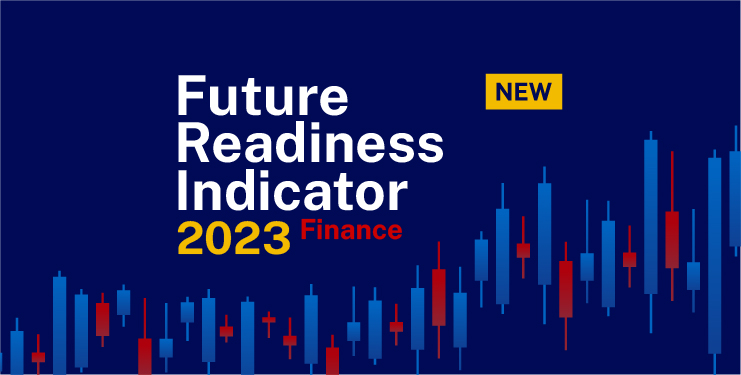IMD business school for management and leadership courses



What Makes A Brand Lovable? Everyone Is a Little Narcissistic
No industry understands the importance of public narratives better than consumer brands do. Luxury fashion and athletic apparel companies don’t just sell fabric and cloth; they sell dreams and imagination. Brands live and die by the emotions they stir up in a consumer’s mind. The scent of Chanel N°5 is not why people pay US $340 for a bottleof it. They pay for the dream that the exclusive smell promises to bring to its wearer.
For a brand that resonates with consumers, what really matters?
As part of this project, we’ve fed 10 years of business coverage in major media into an algorithm, treating it as big data. We want to look at what these brands really represent. They could be Nike or LVMH, Lululemon or Hermès. To what extent has the business community come to understand these brands? We also measure the public sentiment around them: Does the public hold a positive or negative view of them? You can read a detailed description of our method here.

The chart above shows just how much the public loves luxury brands. The X-axis shows the degree to which each brand is linked to narcissistic language. Does the public describes these brands with terms and concepts that are typically egoistic? The Y-axis shows how positive these coverages are.
Our society may frown upon materialism, but luxury brands enjoy positive sentiment. If there’s one thing they know better than everyone else, it’s the vanity of human nature. They know all too well our darkest secret: that each of us is a bit of a narcissist. Those who follow luxury brands seek constant affirmation from others. Some seek grandeur; others curate a meticulous image because they have a fragile ego. Luxury brands are the refuges that supply us with what we crave. Brands have staying power precisely because they help their customers project their ideal selves.
But here is a warning. Consumer brands often use celebrity endorsements to transfer a superstar’s glamor and chic to themselves, believing the practice will create positive sentiment for them. As the logic goes, that positivity then translates into potential sales. However, it can backfire.
Nike, for one, is not lovable. It’s not lovable in part because it’s associated with too many celebrity controversies. The legendary athletics coach Alberto Salazar was found guilty of doping violations and was also reportedly abusive toward female athletes. The Colin Kaepernick ad campaign ended up enraging Trump supporters. And remember Nike’s earlier endorsements of Lance Armstrong and Tiger Woods? Bright stars don’t just shine – they can also burn.
In our hyper-connected, algorithm-driven internet, bad news circulates far more than good news does. For every outrage that’s out there, Facebook gets more clicks and longer stares on our screens. Psychologists have long pointed out that negative news stories receive far more attention than positive ones. Negative events also linger longer in people’s minds. In other words, one superstar scandal can cancel out other charitable acts many times over.
Nike should have known this. Our research has shown that it is one of the most digitally savvy companies out there. Nike’s digital innovation isn’t merely about the front-end consumer experience. It uses a host of make-or-break technologies behind the scenes. Furthermore, Nike talks the most about corporate social responsibilities and is constantly pushing for a sustainability agenda. It’s righting itself on supply chain issues and, more recently, has doubled down on its inclusiveness and diversity efforts. However, none of these things help to offset the negative sentiment we observed in the textual analysis above.
We live in the age of key opinion leaders and social media influencers, and yet betting on one or two superstars may be reckless. A better approach might well be spreading the risk across many more micro social influencers. Their fanbases might be smaller, but the engagements have more depth. Most importantly, if something goes up in flames, it will be contained within one fanbase.










